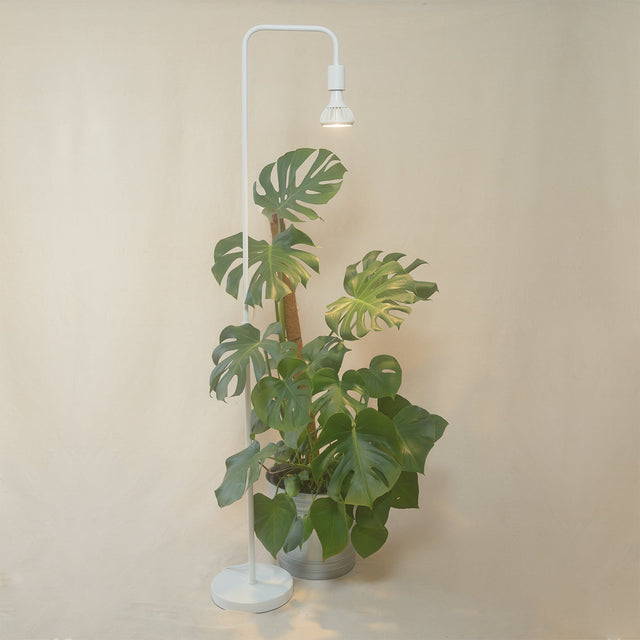Lemons are a popular fruit for a good reason; they can be used and added to so many dishes! As well as their practicality, lemon trees make fragrant houseplants with lush green leaves and brightly coloured fruits.
The History Behind Lemons
Lemons are native to Asia, but today they’re grown throughout the Mediterranean region in beautiful sunny locations like Spain, Italy, Morocco, Greece, Turkey and Cyprus. You may now be thinking, I live in a rainy and cold part of the world. How can I possibly grow lemons? Well, this is where grow lights come in.
Firstly though, you need to choose the suitable variety for indoor growing. The easiest indoor lemon tree is the ‘Dwarf Improved Meyer’. This cross between a lemon and mandarin orange offers sweet, tangy lemons. Another popular indoor choice is ‘Dwarf Ponderosa’, which produces sizeable lemony fruit.
Potting Up
Now you have the good news that you can grow lemons no matter where you are in the world, it’s time to plant. The most crucial factor to remember is drainage. You might be tempted to put your tree in a pretty pot that matches your home, but make sure it has plenty of holes in the base! The plant will grow in proportion to its planter – so pot size depends on how tall you want your plant to grow.
Soil & Conditions
Next, you need to choose the soil surrounding your lemon tree and provide it with all the mineral goodness it needs to flourish. You can play around and create your mixture or buy a ready-made ‘citrus potting’ mix. Choose a well-draining, acidic to mildly acidic soil to fill the plant pot and place your mini tree in its new home. Place your pot in a nice sunny position near a plug to install your grow lights.
To mimic the sunny and warm climate of the Mediterranean, keep your plant warm between 60 and 90°F and set your timer to light your plant for 14+ hours. If you've been searching for the perfect soil, Soil Ninja is a soil retailer we personally trust.
Be Water-wise
Watering is a tricky skill to master (you’ve likely learnt this the hard way if you’ve ever accidentally killed a houseplant). A good rule to go by is water thoroughly and less often. Your watering schedule will be different in the summer than it will be in the winter. You might end up watering your tree every week in the summer, but only every two or three weeks in the winter. For an in-depth g go here.
Invest in a concentrated fruit blend fertilizer to feed your precious plant. Citrus varieties are hungry plants and need regular feeding. Use high nitrogen citrus summer feed from late March to October. In winter, switch to winter feed that is specific to citrus. Lemon trees should not be fertilised more than four times a year and only in the coolest season when it is not in active growth.
Taking A Cutting
Maybe you’ve spotted that your friend has a lovely lemon tree, or you want to gift a cutting. Here is how:
- Cut 6” section of new growth
- Remove leaves halfway and place in water on a sunny window sill
- Wait 56 days for a few roots to form and carefully move into a pot.
Pruning
Just like us, lemon trees need a haircut now and then. You can prune at any time except when the tree is blooming and developing fruit, and this will keep them in excellent shape and stop your house from turning into a jungle!
Managing Pests & Diseases
Unfortunately, there will be pesky bugs out to get your lemon tree. As your lemon tree is indoors, you’re less likely to attract pests. But, any who decide to attack is more challenging to get rid of as you can’t rely on natural predators such as ladybugs. You can use various chemical-free sprays such as soap spray to remove aphids and over insects.
Between November and March, you will be able to harvest your fresh homegrown lemons. Lemons can be added to numerous dishes, and they taste even better when you’ve grown them yourself!
If you enjoyed this, check out some more guides for interesting planting guides:
Find similar articles:
Indoor GardeningMore stories

The Best Light Fittings for Grow Light Bulbs
